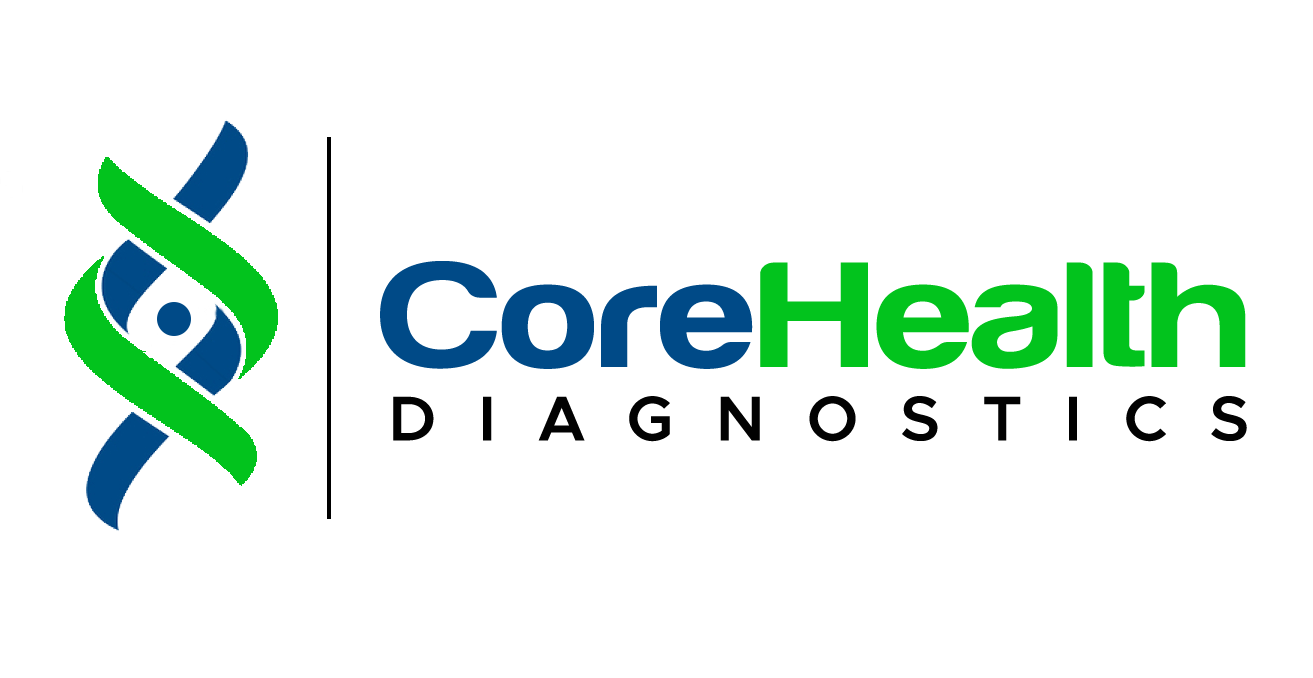Breastfeeding can be both a beautiful and challenging experience for first-time moms. Preparing ahead of time will make the journey smoother and more comfortable for both you and your baby. This guide provides simple and easy-to-follow tips to help you get ready for breastfeeding.

1. Learn the Basics of Breastfeeding
Understanding how breastfeeding works is the first step in preparation. Breastfeeding is a natural process, but it can take some time to learn the right technique. Read books, watch videos, or attend breastfeeding classes to gather essential information.
Key Points to Learn:
- Latch: A good latch is when your baby’s mouth covers the areola (the dark area around your nipple) and not just the nipple itself. This helps prevent soreness and ensures your baby gets enough milk.
- Feeding cues: Newborns may show signs they’re hungry by sucking on their hands, moving their mouths, or becoming more alert.
- Milk supply: Your milk supply adjusts to meet your baby’s needs. The more your baby feeds, the more milk your body will produce.
Benefits:
- You’ll know what to expect when your baby is born.
- You’ll feel more confident about breastfeeding.
- Learning about proper latching can prevent discomfort.
2. Attend a Breastfeeding Class
Many hospitals, clinics, or online platforms offer breastfeeding classes for first-time moms. These classes teach you practical techniques, how to handle common challenges, and what to expect in the first few weeks of breastfeeding.
What You’ll Learn:
- Proper positioning for breastfeeding (cradle hold, football hold, etc.).
- How to tell if your baby is getting enough milk.
- How to manage common issues like sore nipples or engorgement.
- The benefits of breastfeeding for both mother and baby.
Why Attend:
- You’ll get hands-on advice from experienced professionals.
- You’ll be able to ask questions and clear any doubts.
- It’s an opportunity to meet other new moms and share experiences.
3. Prepare Your Body
While breastfeeding is natural, it can be physically demanding, especially in the beginning. You can start preparing your body during pregnancy by focusing on breast care and practicing relaxation techniques.
Steps to Prepare:
- Breast care: You don’t need to toughen your nipples, but keeping them moisturized with a lanolin cream can help prevent dryness.
- Relaxation techniques: Practice deep breathing or meditation to help you stay calm. Stress can sometimes affect milk production.
Tip:
Wear a supportive, non-restrictive maternity bra that allows your breasts to expand comfortably as they grow.
4. Get the Right Breastfeeding Supplies
Having the right breastfeeding supplies can make the experience more comfortable and convenient. Here are some essentials you should have ready before your baby arrives.
Must-Have Items:
- Nursing bras: Invest in comfortable, easy-to-open nursing bras for quick access when feeding.
- Breast pads: These help absorb any milk leaks and keep your clothes dry.
- Nipple cream: This helps soothe sore or cracked nipples in the early days of breastfeeding.
- Breast pump: A manual or electric breast pump can be helpful if you need to express milk or if you’re returning to work.
- Nursing pillow: These pillows support your baby and your arms during feeding, reducing strain on your back and shoulders.
Optional Items:
- Breast milk storage bags: Useful if you plan to pump and store milk for later use.
- Nursing cover: If you prefer privacy while breastfeeding in public.
5. Set Up a Comfortable Feeding Space
You’ll spend a lot of time breastfeeding, especially in the early weeks. Setting up a cozy and convenient feeding spot can make breastfeeding more enjoyable. Choose a quiet, comfortable area where you can relax and focus on feeding your baby.
Consider These Comforts:
- A comfortable chair: A rocking chair or recliner can help you relax while feeding.
- Support pillows: Use pillows to support your back, arms, and baby during breastfeeding.
- Water and snacks: Breastfeeding can make you thirsty and hungry, so keep water and healthy snacks nearby.
- A small table: Place a table next to your feeding spot for easy access to essentials like burp cloths, your phone, or a book.
Why It’s Helpful:
- A peaceful space can make feeding sessions more relaxing for both you and your baby.
- Having all your supplies nearby saves time and effort.
6. Understand What to Expect After Birth
Breastfeeding may not be perfect right away, and that’s okay. Many moms face challenges in the beginning, but with patience and practice, it gets easier. Knowing what to expect after birth will help you stay calm.
Common Early Experiences:
- Colostrum: In the first few days after birth, your breasts will produce colostrum, a thick, nutrient-rich milk. It’s perfectly normal for the quantity to be small—your baby only needs a few teaspoons at first.
- Milk coming in: Your milk will transition from colostrum to mature milk around 3-5 days after birth. Your breasts may feel full or engorged during this time, but feeding frequently will help relieve discomfort.
- Frequent feeding: Newborns need to feed often—usually every 2-3 hours. This helps establish a good milk supply and keeps your baby satisfied.
Tip:
Don’t hesitate to ask for help from your midwife, lactation consultant, or healthcare provider if you’re having trouble breastfeeding.
7. Prepare Mentally for Challenges
Breastfeeding can come with challenges like latching difficulties, low milk supply, or nipple pain. It’s important to stay patient and positive as you and your baby learn how to breastfeed together.
How to Stay Positive:
- Get support: Join a breastfeeding support group, either in person or online, where you can share tips and experiences with other moms.
- Don’t hesitate to ask for help: If breastfeeding becomes painful or challenging, consult a lactation consultant for advice.
- Remember the benefits: Breastfeeding is good for your baby’s health, providing essential nutrients and antibodies that protect them from infections.
Tip:
Stay flexible and remember that every mom’s breastfeeding journey is different. What works for one person may not work for another.
8. Plan for Support After Birth
Having a support system is crucial for new moms, especially during the early breastfeeding days. Whether it’s your partner, family, or friends, make sure you have someone who can help with tasks like cooking, cleaning, or holding the baby while you rest.
Ways Loved Ones Can Help:
- Help with household chores: This gives you more time to focus on feeding and bonding with your baby.
- Emotional support: A positive, encouraging partner or friend can make a huge difference during tough breastfeeding moments.
- Practical assistance: They can bring you water, food, or anything else you need during long feeding sessions.
Tip:
Don’t be afraid to ask for help. You don’t have to do everything on your own.
Conclusion
Preparing for breastfeeding as a first-time mom can make the experience much smoother. By learning about breastfeeding, gathering the right supplies, setting up a comfortable space, and seeking support, you’ll feel more confident and ready when the time comes to feed your baby.
Remember that breastfeeding takes practice, and it’s okay to face challenges. With patience and preparation, you’ll soon find a rhythm that works for both you and your little one.




